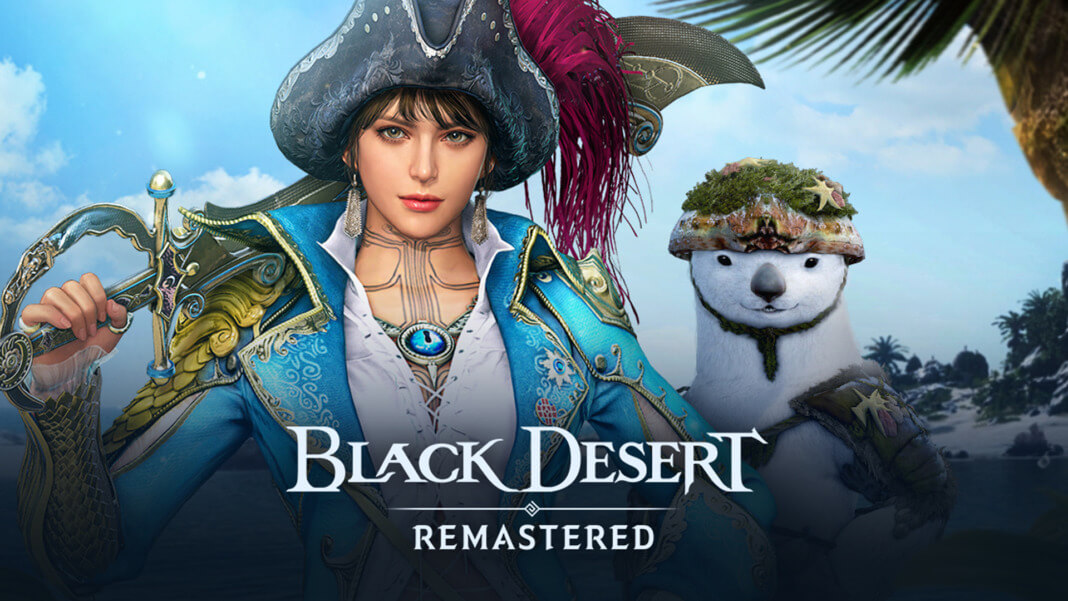Social media used to be a virtual hub solely for documenting our personal lives and connecting with our inner circle. But over the past decade, Instagram, Facebook, Twitter, Snapchat, TikTok, YouTube, and hundreds of other social media platforms have rapidly evolved to connect users not just with their high school pals and coworkers but also to new businesses and brands.
Humanizing companies to social media posts and profiles has transformed the way businesses interact with their customers. The line to communicate is more direct than ever before, and as a result, the customer experience is top-of-mind when creating social ads.
It’s not enough to announce a new product or service anymore. You have to entice viewers with aesthetics, imagery, and personality to keep them focused on your post when something more interesting is just a quick swipe of the thumb away.
Social ads need to be fun. Plain and simple. And creating an enjoyable ad is all about understanding who your customers are and what they would find fascinating about your product or service. Today’s consumers want transparency and brand awareness. They don’t want to be manipulated into buying something; they want their companies to be upfront and honest about what they’re selling.
And, if you’re not comfortable writing, take a few copywriting courses and get your bearings down before you start writing your social ads. You don’t just want them to be good; you want them to work.
So if you want to create social ads that your followers will actually want to click on, you have to be ready to be real—and stand out.
Understand your audience
You won’t be able to write an incredible social ad for your audience if you have no idea who your audience is (and this is important whether you do your social ads writing yourself or hire a copywriting agency to do it for you).
Target market research is the process of discovering and identifying your ideal customer base. It requires a little bit of internet sleuthing, but once you have a detailed picture of who you’re writing to, the copy will flow, and your key message will become clear.
While you want to get clear your audience’s demographics (age, gender, location, income level, job, etc.), the real meat and potatoes of target market research lie in their motivations, fears, and desires.
Here are a few questions you can ask yourself to start identifying your target market and ideal customer:
- What problem do they have that needs solving?
- What are the main obstacles that get in the way of them solving that problem?
- How have they gone about trying to solve this problem before?
- What other methods have they tried?
- What do they hope to gain by solving this problem?
- What emotions are motivating to solve this problem?
- What are they afraid will happen if they never solve this problem?
- What myths do they believe about this problem?
- What do they need to believe about this problem in order to solve it?
- What do they need to believe about themselves?
- How will solving this problem help them become the person they want to be?
After you’ve gotten clear on these answers, compile them into a document that you can refer back to as you write your social ad copy. It’s also not a bad idea to send some of these questions out as a survey to previous and existing customers.
Find their virtual hangouts
It doesn’t matter if you’ve written the most relatable, emotionally moving piece of copy in existence—if your audience is spending all day in the Twittersphere and you’re posting on Facebook, they’ll never see it.
Yes, you can write fantastic copy for all the different kinds of social media platforms. But you don’t have to! If you know your audience is big on Instagram, just focus your efforts there. Often business owners feel the need to be visible and active all over the internet, but the truth is that your audience doesn’t really care if you’re big on Twitter and TikTok. So instead, find where on the internet you connect most and don’t create extra unnecessary work for yourself.
Discovering your target market audience’s preferred online spot will require a bit of experimenting. Start posting around on different platforms and notice where you’re getting the most engagement; that’s a good sign that your content will do well there.
Here are the top social media platforms you should check to see if your audience is active on:
- TikTok
- YouTube
- Snapchat
- Clubhouse
Once you have narrowed down your audience’s social media platforms to at least the top two, you can start to brainstorm the different types of social ads you can create. Yes, it’s a little bit of work initially, but doing this will save you so much time in the future.
Mirror their objective
Now that you’ve done your homework, it’s time to dive into the actual social ad copywriting. Again, this is where your target market research comes in handy.
Go back and look at any data you gathered that reflected your audience’s overall objective by solving this problem. Then, use that information to write your ad.
For example, say you’re selling a fitness program, and you know your customer’s objective is to lose weight. Losing weight becomes the focus of your ad—and your fitness program becomes the solution.
Think about what your user wants and what they hope to accomplish. Use words to help them visualize solving their problem by using your service or product as the solution. Case studies, testimonials, or a story about how you overcame this problem can help the reader see the end goal more clearly.
Appeal to their emotions
Emotions drive everything when it comes to what we want to buy. One Harvard professor even claimed that 95% of purchasing decisions are made in our subconscious minds.
Thus, you can entice readers to click on your ad and check out your stuff by appealing to their emotions—what they’re afraid of, what they desire, etc.
Creating powerful emotional responses is a great copywriting technique, and while some people prefer positivity, negative emotional triggers tend to cause more action. You just don’t want to be overly negative and have that perception carried over to the rest of your brand.
If you can include emotional language in your ad copy, you’re more likely to elicit a greater engagement response.
Focus on the top
While ads can definitely run long depending on the social media platform you’re using, your best copywriting lines should be kept at the top. People are still short-attention spanned by nature, and if you don’t grab them with those first 90-150 words, you won’t grab them at all.
To make the most of this spot, trying using the following formula:
Emotionally triggering sentence + sentence that describes the problem and your solution + a call to action
Once you have that first paragraph laid out, you can then expand with more details, information, and examples to back up your points and provide more examples that support your product or service.
And while long ads definitely have their place, most people prefer shorter ads that get to the point and don’t waste their time.
Include a strong CTA
Your call to action, or CTA, is the sentence that will tell the reader what you want them to do next. Here are some common examples for social ads:
- Click the link in our bio!
- Click here to book your free consultation!
- Call us today to schedule your next appointment!
- Enter your email to sign up for our newsletter!
- Click here to get a promo code for 20% off of your next purchase!
- Tag your three best friends to enter to win our giveaway!
Every social media ad needs to have a strong call to action to guide the reader to do what you want them to do next. Your CTA should reflect the overall goal of the ad and help you achieve that goal.
And while some brands and businesses include multiple CTAs, your ad will seem more focused and clear if you just include one.
Pair it with good imagery
While high-quality social media ads are all about good copy that speaks directly to the user’s wants and needs, you can’t ignore the draw of a visually pleasing image, graphic, or video.
Adding a media element to your ad is necessary to get it in front of the right people. Most social media networks are visually based and need some media element to create a post. While getting one professionally created is always a good idea, you can create quality graphics using tools like Canva.
Figuring out what your audience is drawn to in terms of media will require a little experimenting and analyzing. After you’ve posted around 10-15 ads, use your social media platform’s analytics tool (most have them now for business accounts) to see which ones were the most popular. Take into account the media element that you used and create similar ads in the future.
Over time, you’ll learn what your audience likes to see from you on their social media pages—and what they don’t. If you approach social ads from a user perspective, it’s easy to write ads that users like clicking. With the right audience in mind, your ads will be a hit.





